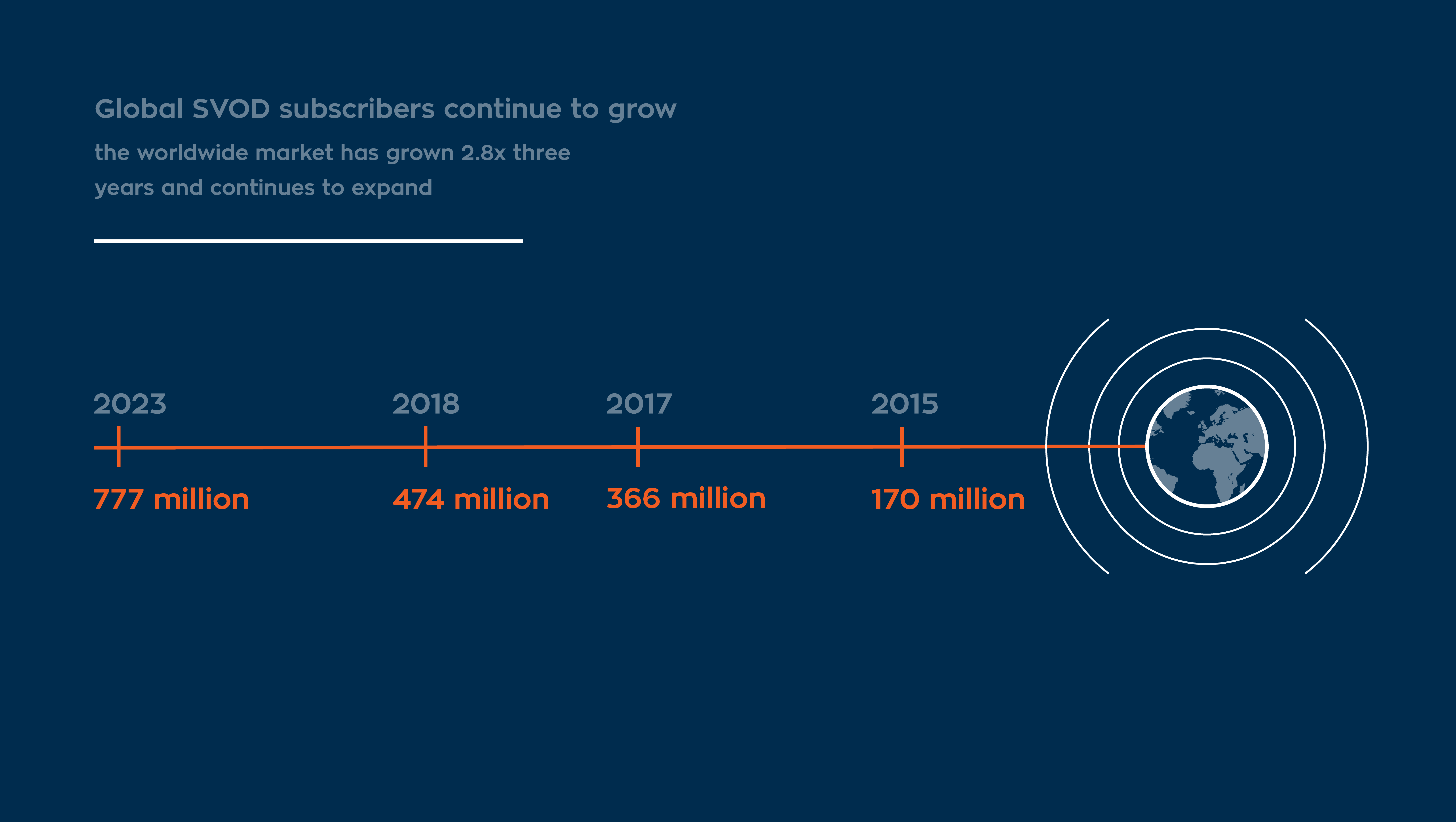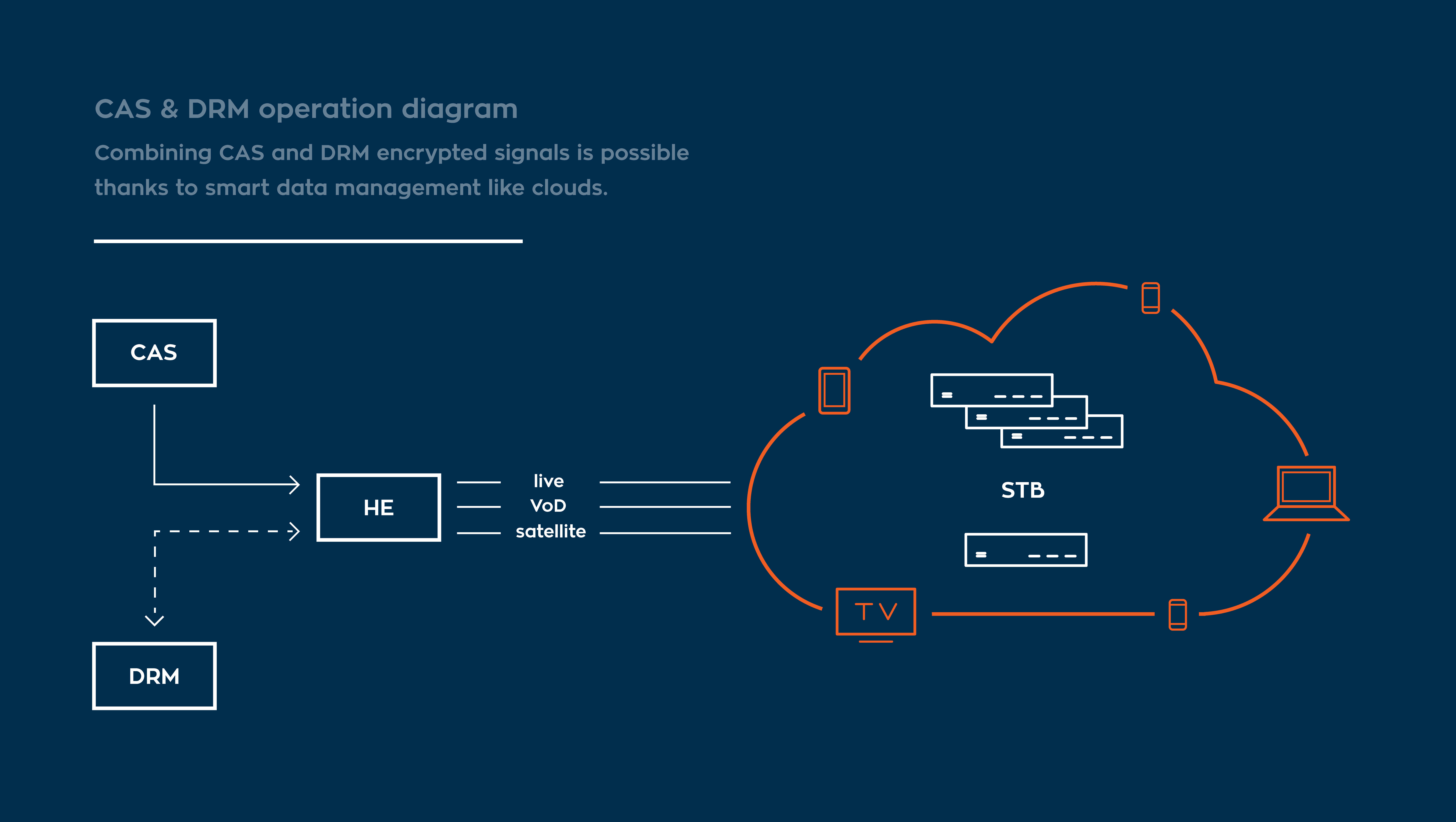When Titanic harvested 11 Oscar golds, Amazon
entered the market and the last full stop of the first Harry Potter book was
placed, satellite dishes began to proliferate cities and villages. Conditional
Access System allowed millions of us then to throw gales of laughter during
Friends watching – we waited for it every week in anticipation, nails clenched
in couches. Next decade, however, became the decade of YouTube and ITunes – the
Internet popularized. The second it settled down for good at our homes, it was
time to get started streaming. After streaming games and music, we got hungry
for more – for video. Digital Rights Management shortened the unbelievably long
hours of travelling (even by the airplane) or let us reach more miles on
treadmills. Thanks to DRM we started carrying around the content we love with
us.
What made the change, thus? At the end of the
day, it was not that we could not find ourselves in dailiness having only CAS
and television at our disposal. But still, we proved we wanted to watch video
differently than it had been so far, and the numbers state it now themselves
most clearly.

Source: Digital TV Research, 2018
DRM is sweeping the world
The DRM system grew in popularity along with
the need for a wider and more convenient choice from among video libraries. It
led to almost 500 million SVOD subscribers the previous year which,
undoubtedly, is quite a number – probably mostly because streaming receivers were
not ready and never expected to have SmartCards (CAS almost default part of the
ecosystem).
The unprecedented and most favored feature of
OTT platforms was their manageability. Viewers started taking their paused
shows on the go and replaying them in parks and the subway. With the
development of the telecom and computer industries, the user experience that Netflix
had brought became a standard – it simply always worked. Manageability allows us
to feel that we can do whatever we want with the video on our screens – this will
always be the first and most valuable feature to most of us. Next, superb
compression and distribution let the second feature literally burgeon across
the world – and this is accessibility. The key markets (Americas, Europe, Asia,
Australia & Oceania, North Africa, Middle East) are expected to grow by
tens and hundreds of percent. In practice, it means unifying the video emission
– all people on the planet have an access to the freshest episodes of the all
the rage TV series at the same time. It seems so obvious today, but these emissions
go to the instant mass communication with hundreds of millions of people (!).
To make the outstanding user experience complete, the on-spot native translations
appeared in almost each production launched for every country.
The third feature, which actually made
introducing video streaming possible, is the security. DRM provides security to
the video which is mandatory to appear in high quality. As much as security is
important, it is also crucial to make it work smooth and transparent throughout
the whole way for the user. Supposing you have to install extra plugins software
to use services of one provider, would you go through the whole process?
Doubtful… You will drop it immediately. Challenge to keep the user is big
because using and watching has to appear effortless.
Needless to say, it was Netflix that paved the
way for the rest. In truth, what it did was tidying up the industry’s potpourri
of too many and abruptly taken approaches toward user experience. Netflix made
it consistent and announced the good news to the whole world.
The right to sneak peek into each household
As one thinks of the grand scale of the mass
communication phenomenon, data collection comes up as a sweet delicious cake
right in front of someone on a strict diet – such temptation. Providers enhance
interface quality and better suit the proposition to their viewers to engage
them more, right? The next step is siphoning all the precious information the
viewers are leaving behind so that the providers could make such productions
like Black Mirror where the plot becomes interactive.

CAS and DRM processed through the hardend allow for the same video distribution and data collection; source: VECTOR X LABS
All in all, the plan to widespread the OTT
standard with DRM has succeeded. In the USA households on average subscribe to
2.8 SVOD services; in the UK, Italy and Germany it is 2 per household; in
France and Spain the number stacks to 1.5.
In other words, today it is less than making an
effort to collect what you need to know about your viewers. They are already
there voluntarily giving away the information – the quality of video only
depends on what the providers and operators are capable of drawing from it.